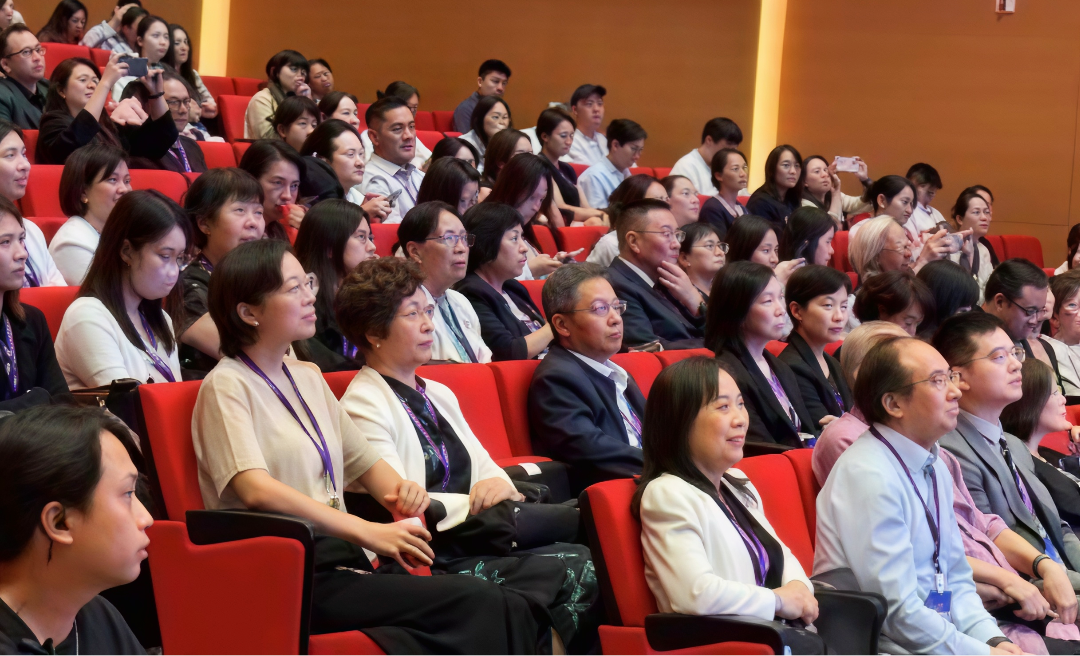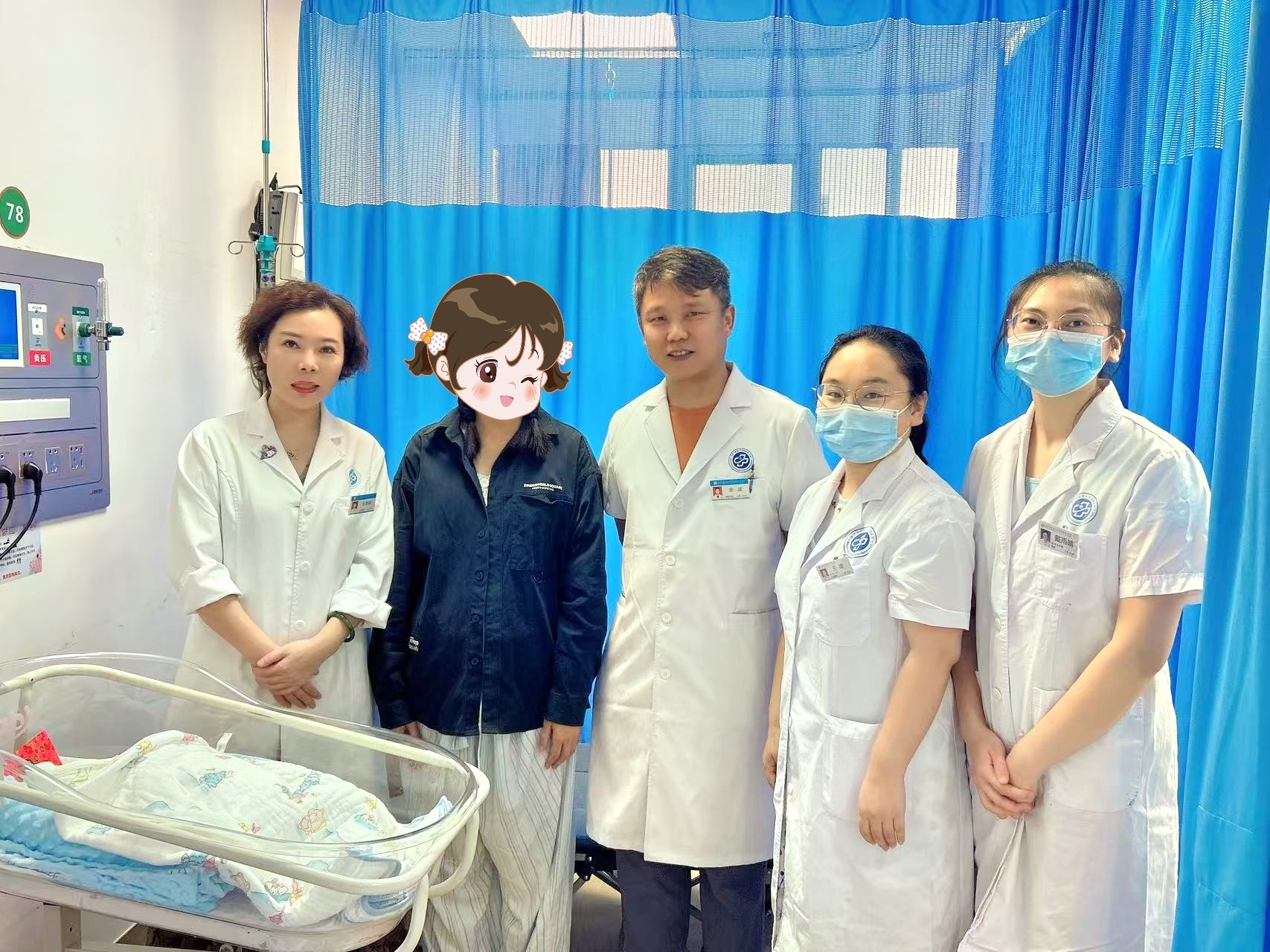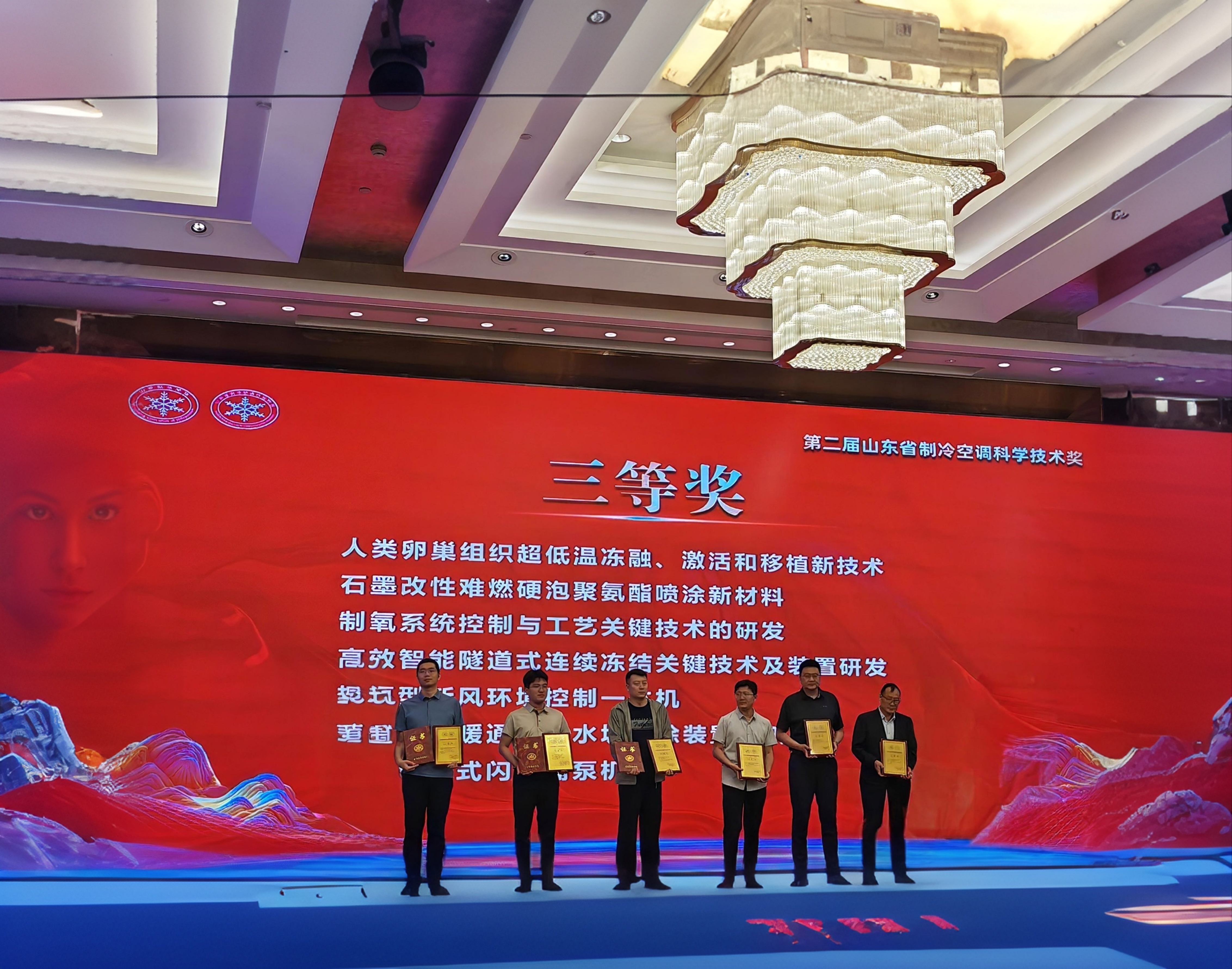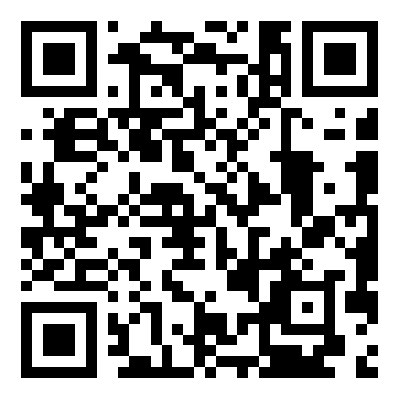Integration of Technology and Compassion: 3D Bioprinting Helps a 4-Year-Old Tibetan Girl Regain a "New Nose"
Release time:
2025-03-21
"I can smell the fragrance!" exclaimed Yangla (pseudonym), a 4-year-old Tibetan girl from Ganzi, Sichuan, when interviewed recently, being delighted about the "butter tea mom made."
A Life Reconstruction Spanning Thousands of Miles
In February 2025, in the laboratory of the School of Mechanical Engineering at Xi'an Jiaotong University, 4-year-old Tibetan girl Yangla (pseudonym) gently touched the newly equipped "new nose," smiled with a long-lost grin after smelling scents anew. This seemingly simple action is the result of a miraculous collision between technology and life.
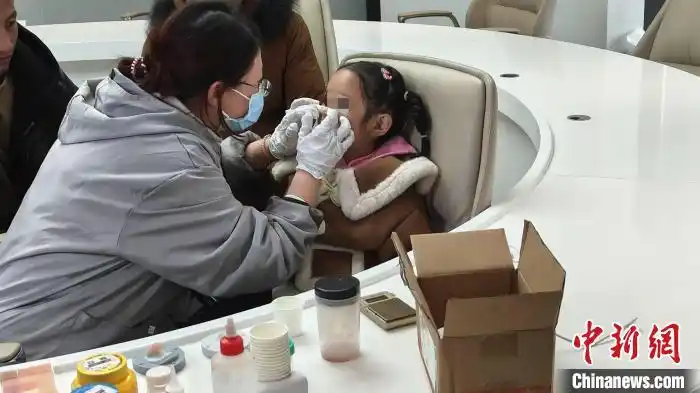
Yangla, hailing from Ganzi, Sichuan, suffered severe nasal tissue damage at three months old due to a ferret attack. For years, her parents sought medical help far and wide, but conventional surgery was unfeasible due to the complications in reconstructing complex nerve and blood supply systems. In 2024, West China Hospital of Stomatology referred this unique case to Professor Wang Jing's team at Xi'an Jiaotong University, who, with 3D bioprinting and AI customization technology, “grew” a prosthetic nose remarkably consistent with the original tissue for the girl.
Technology for Good: From Laboratory to the "Temperature Passing" of Life
Wang Jing’s team utilized submillimeter 3D scanning technology to acquire detailed data of Yangla’s facial structure and combined it with nasal characteristics of her family members, constructing a virtual model that aligns with Tibetan facial aesthetics using generative AI. The team used platinum silicone material, supplemented by high-precision automated coloring technology, ensuring the prosthetic nose’s skin color, pores, and blood vessel textures perfectly matched Yangla’s face, with an error margin controlled within millimeters.
This surgery not only restored the physiological function for the child but also rebuilt her dignity. Considering the child’s growth needs, the team promised ongoing adjustments, replacing the prosthetic nose every 3-5 years to ensure functional and aesthetic updates are synchronized.
This technology not only fills the medical gap in nasal reconstruction for younger patients but also achieves the universalization of high-end medical treatment at only 1/10 of the cost of similar foreign products.
Yinfeng Bio-Sciences Institute Focuses on 3D Bioprinting
Shandong Yinfeng Life Sciences Institute explores forming various types of tissue engineering matrix materials using placenta, umbilical cord, etc., as raw materials, through methods like decellularization, freeze-drying, liquid nitrogen grinding, and enzyme treatment. These materials are tested for performance, cell toxicity, and animal experiments, while using allogeneic decellularized tissue engineering materials to prepare bio-inks, achieving rapid, precise, and customized soft tissue filling in clinical research and applications via 3D printing.
This unique allogeneic biomaterial contains extracellular matrix extracted from human tissue, offering superior biocompatibility, degradability, and tissue-inducing capabilities compared to other traditional materials, having promising application prospects in filling and regenerative repair of various soft tissues.
With the advancement of technology, the combination of 3D bioprinting and AI customization turns personalized medicine from a "luxury" into an accessible solution, marking a historic leap as regenerative medicine progresses from the lab toward universal healthcare. Just as the New England Journal of Medicine concurrently commented: "It is not simply the replication of organs, but the ultimate dialogue between life sciences and engineering technology — repairing the wounds of nature with the beauty of science and technology."
Latest developments
The significance of life extension lies not only in technological breakthroughs but also in the shared belief of every individual who believes in "a better future." With faith as their torch, these fellow travelers join hands, pooling their strength to stride forward together. We firmly believe that as this steadfast support converges into a powerful force, it will propel the Yinfeng Life Extension Plan to gain broader attention, inject continuous momentum into the development of cryobiomedicine, and illuminate the next chapter of human civilization.
Over the two days, the symposium was not only a collision of ideas but also seeds sown to advance social progress in life culture. The Shandong Yinfeng Life Science Public Welfare Foundation will continue to use technology as wings and culture as roots, collaborating with all sectors of society to enhance the quality of life for the Chinese people and build a human-centered life care system.
According to recent announcements by the Jinan Municipal Bureau of Science and Technology, 11 outstanding achievements from Jinan have been included in the 2025 "Shandong Outstanding Achievements Report" project. Among them is the globally first-of-its-kind ovarian tissue dual-activation technology developed by Shandong Silver Med Life Science Research Institute (Jinan).
Recently, Frigid Zone Medicine, an authoritative international journal in the field of cryomedicine, published an important review titled "Advances in the Detection Methods for Assessing the Viability of Cryopreserved Samples". Written by the team of Yinfeng Cryomedical Research Center, the article systematically reviews and analyzes various detection techniques currently used to evaluate the viability of cryopreserved cells, tissues, and organs. It also proposes key directions from the perspectives of methodological integration and future instrument development, offering crucial theoretical support and practical guidance for the long - term cryopreservation of complex tissues and organs.
Recently, the "Novel Technology for Ultra-Low Temperature Cryopreservation, Activation, and Transplantation of Human Ovarian Tissue," developed through a collaborative effort between Shandong Yinfeng Life Science Research Institute and Beijing University of Chinese Medicine Shenzhen Hospital, has been awarded the 2025 Shandong Refrigeration and Air Conditioning Science and Technology Award. This groundbreaking technology pioneers a new pathway for female fertility preservation, marking a significant leap in China’s interdisciplinary advancements in reproductive medicine and cryobiology.




